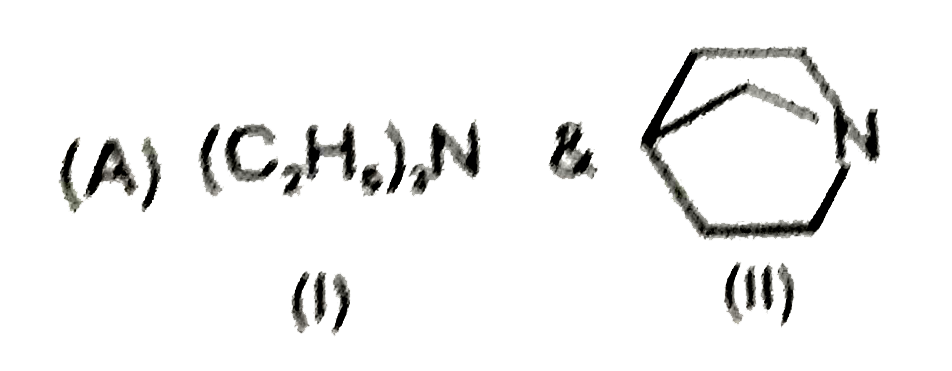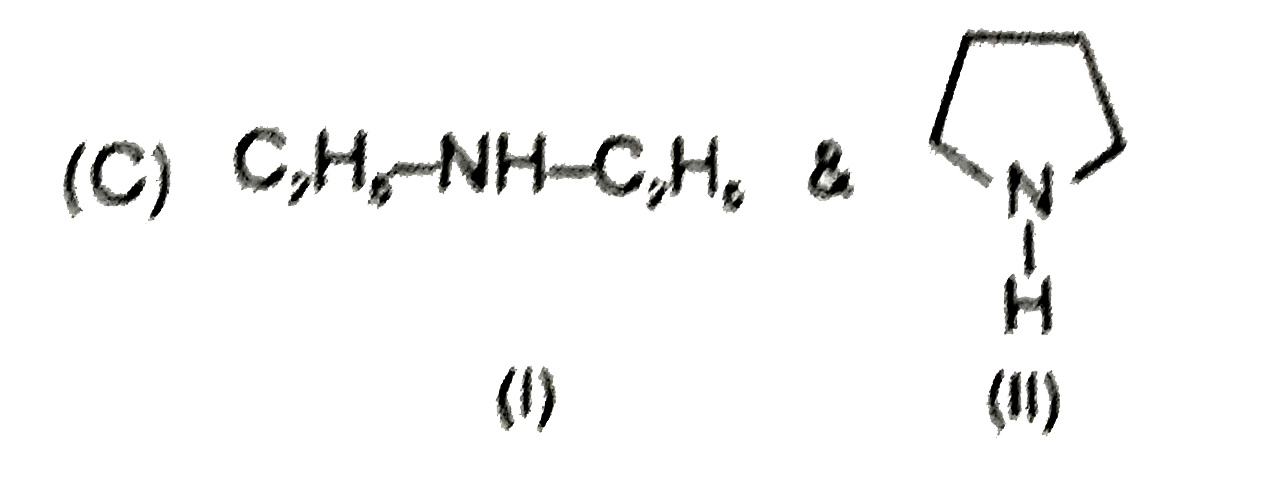Why is europium (II) more stable than cerium (II) ?
To understand why europium (II) is more stable than cerium (II), we need to analyze their electronic configurations and the stability associated with half-filled subshells.
1. Identify the Electronic Configurations:
- Europium (Eu) has an atomic number of 63. Its electronic configuration in the +2 oxidation state (Eu²⁺) is:
Eu2+:(Xe)4f75d0
- Cerium (Ce) has an atomic number of 58. Its electronic configuration in the +2 oxidation state (Ce²⁺) is:
Ce2+:(Xe)4f25d0
2. Analyze the 4f Subshell:
- In Eu²⁺, the 4f subshell has 7 electrons (4f⁷), which is half-filled.
- In Ce²⁺, the 4f subshell has 2 electrons (4f²), which is not half-filled.
3. Stability of Half-Filled Subshells:
- Half-filled subshells (like 4f⁷ in europium) are more stable due to symmetry and exchange energy. This stability arises because half-filled subshells minimize electron-electron repulsion and maximize exchange energy.
4. Conclusion:
- Since europium (II) has a half-filled 4f subshell, it is more stable than cerium (II), which has a partially filled 4f subshell.
Final Answer:
Europium (II) is more stable than cerium (II) because europium (II) has a half-filled 4f subshell (4f⁷), which provides greater stability compared to cerium (II) with its 4f² configuration.
---
- Europium (Eu) has an atomic number of 63. Its electronic configuration in the +2 oxidation state (Eu²⁺) is:
Eu2+:(Xe)4f75d0
- Cerium (Ce) has an atomic number of 58. Its electronic configuration in the +2 oxidation state (Ce²⁺) is:
Ce2+:(Xe)4f25d0
- In Eu²⁺, the 4f subshell has 7 electrons (4f⁷), which is half-filled.
- In Ce²⁺, the 4f subshell has 2 electrons (4f²), which is not half-filled.
- Half-filled subshells (like 4f⁷ in europium) are more stable due to symmetry and exchange energy. This stability arises because half-filled subshells minimize electron-electron repulsion and maximize exchange energy.
- Since europium (II) has a half-filled 4f subshell, it is more stable than cerium (II), which has a partially filled 4f subshell.
Europium (II) is more stable than cerium (II) because europium (II) has a half-filled 4f subshell (4f⁷), which provides greater stability compared to cerium (II) with its 4f² configuration.
Topper's Solved these Questions
- BOOK - XII BOARDS PREVIOUS YEARCHAPTER - XII BOARDSEXERCISE - [OUTSIDE DELHI : SET - II]11videos
XII BOARDS
- BOOK - XII BOARDS PREVIOUS YEARCHAPTER - XII BOARDSEXERCISE - [OUTSIDE DELHI : SET - III]9videos
XII BOARDS
- BOOK - XII BOARDS PREVIOUS YEARCHAPTER - XII BOARDSEXERCISE - SECTION-D12videos
XII BOARDS
- BOOK - XII BOARDS PREVIOUS YEARCHAPTER - SAMPLE PAPER 2019EXERCISE - SECTION: D1videos
SAMPLE PAPER 2019
Similar Questions
Explain the following: (a) Europium (II) is more stable than cerium (II) (b) Zr and Hf exhibit similar properties. ( c) Scandium forms no coloured ions, yet it is regarded as a transition metal.
View SolutionAccount for the following :
(a) Europlum (II) is more stable than cerium (II).
(b) Transition metal have high enthalpies of atomisation . (c ) Actinoid ions are generally coloured.View Solution
Knowledge Check
- Question 1 - Select One
Assertion(A):p-methyl benzyl carbocation (I) is more stable than benzyl carbocation (II).
Reason(R) Heterovalent or no bond resonance.AIf both (A) and ( R) are true and ( R) is the correct explanation of (A).BIf both (A) and ( R) are true but ( R) is not correct explanation of (A).CIf (A) is true but ( R) is false.DIf (A) is false but ( R) if true. - Question 2 - Select One or More
In which compounds (II) is more basic than (I)
A BH2N−O∣∣C−NH2(I)&H2N−NH∣∣C−NH2(II)C
BH2N−O∣∣C−NH2(I)&H2N−NH∣∣C−NH2(II)C DCH3NH2(I)&(CH3)2NH(II)
DCH3NH2(I)&(CH3)2NH(II)
Account for the following:
(a) Europium(II) is more stable than cerium(II).
(b) Transition metals have high enthalpies of atomisation.
(c) Actinoid ions are generally coloured.View SolutionWhy PbX2 is more stable than PbX4?.
View Solution
A will be more stable than B if X is :View SolutionWhy is (CH3)3C+ more stable than CH3CH+2 ?
View SolutionWhy Mn2+ compounds are more stable than Fe2+ compounds towards oxidation to their + 3 state ?
View SolutionWhy H2 is more stable than H+2 while He+2 is more stable than He2 ?
View Solution

